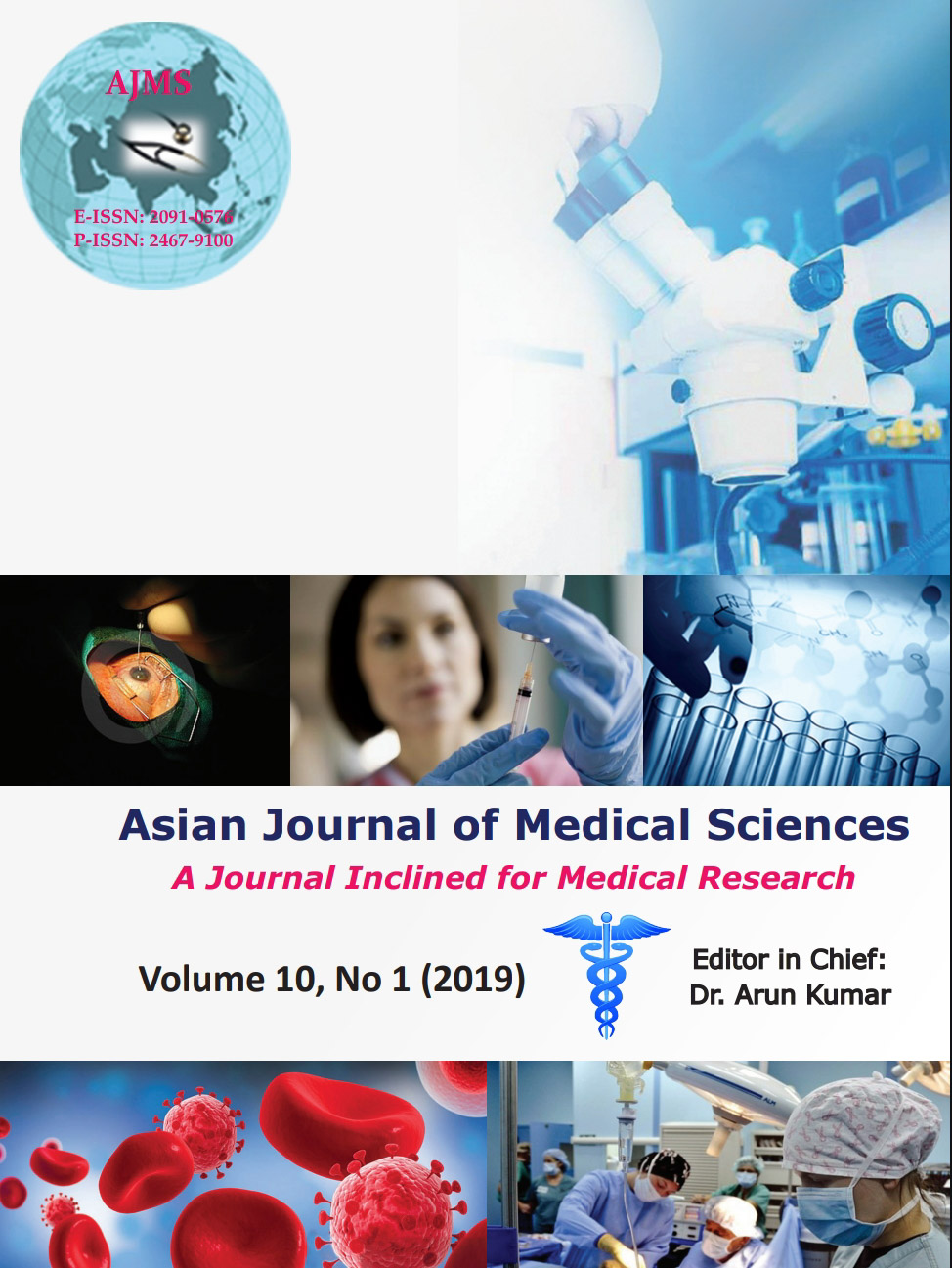Electroencephalographic study of real-time arithmetic task recognition in learning disabilities children
Keywords:
Brain, Brain activity, Arithmetic, Cognition, Brain trainingAbstract
Background: Mathematics form is universally understood in modern society. It is natural to ask whether there is neurophysiological evidence for putative cognitive components of the task and the practice in mental arithmetic will lead to a detectable transition in primary locus of brain activity.
Aims and Objectives: The purpose of this study was to determine the effect of real-time arithmetic recognition task for cognitive performance and electroencephalographic activities.
Materials and Methods: While practicing the real-time arithmetic recognition task named SpeedMath developed by NeuroSky, Inc., electroencephalographic activities were also recorded by using the commercial lightweight electroencephalographic device, Mindwave Mobile, NeuroSky, Inc. Eight participants included learning disabilities children participating in this study. All participants were instructed and trained to practice the simple the arithmetic recognition task which included arithmetic and mathematic skills.
Results: The results showed that both alpha and beta frequency bands were increased with statistically significant at the 0.05 level.
Conclusions: The real-time arithmetic recognition task might improve the real-time arithmetic recognition task and performance.
Asian Journal of Medical Sciences Vol.10(1) 2019 43-46
Downloads
Downloads
Published
How to Cite
Issue
Section
License
Authors who publish with this journal agree to the following terms:
- The journal holds copyright and publishes the work under a Creative Commons CC-BY-NC license that permits use, distribution and reprduction in any medium, provided the original work is properly cited and is not used for commercial purposes. The journal should be recognised as the original publisher of this work.
- Authors are able to enter into separate, additional contractual arrangements for the non-exclusive distribution of the journal's published version of the work (e.g., post it to an institutional repository or publish it in a book), with an acknowledgement of its initial publication in this journal.
- Authors are permitted and encouraged to post their work online (e.g., in institutional repositories or on their website) prior to and during the submission process, as it can lead to productive exchanges, as well as earlier and greater citation of published work (See The Effect of Open Access).




